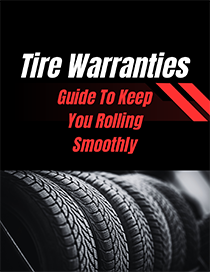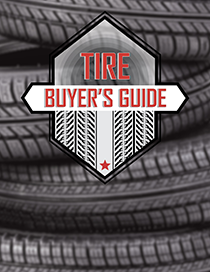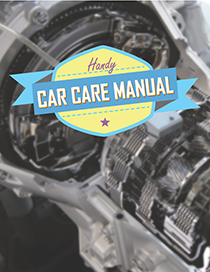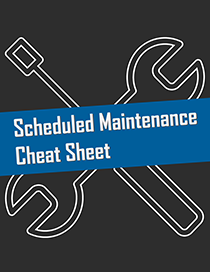Most Common Tire Repairs
Discovering a flat tire will typically have you adding up the cost of a replacement in your head. You have to consider the brand, the size, the actual cost of the tire, and the installment process. That is a lot to have to consider in such a short notice.
Luckily, a repair may be enough to keep your tire functioning until your next paycheck or until you figure out the logistics of what you want in a replacement.
Plug Repair
If the hole in the tire is not irregularly shaped or too large, a plug is a good option for a quick repair. Essentially, a small piece of leather is coated with rubber adhesive and is placed in the hole. When your tires heat up during a drive, the rubber adhesive vulcanizes and hardens into a seal that should be permanent. The tire does not need to be removed for this type of repair.
Patch Repair
For a patch repair, the tire does need to be removed. This is because the tire patch, which is an adhesive-backed square of rubber, is glued to the inside of the tire. Similar to the plug, the adhesive will melt from the heat of the tire to create a permanent seal.
Combination of Plug & Patch Repair
Combining these two types of repair results in the most comprehensive repair. A rubber patch with an additional hanging plug feature is inserted inside the tire. Once placed inside, the plug is threaded through the hole in the tire to enclose the gap. This repair is done by removing the tire.
A flat tire is stressful ordeal. Depending on the severity of the hole that causes a flat tire, a tire repair may be a good option. However, this option should not be a permanent solution – you should look at replacement tires. Bring your car to our shop for any of your tire needs. We’re here to help!







